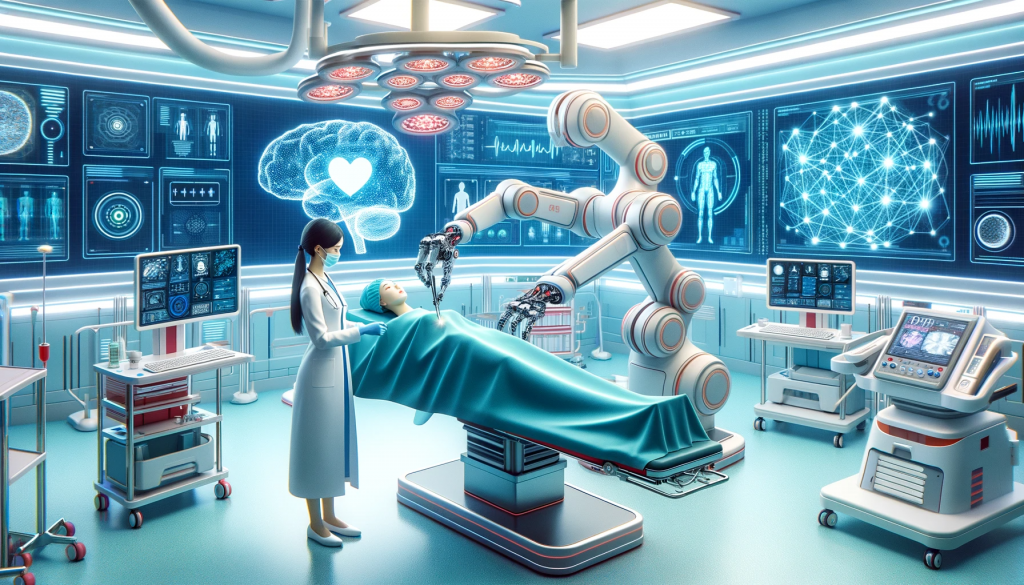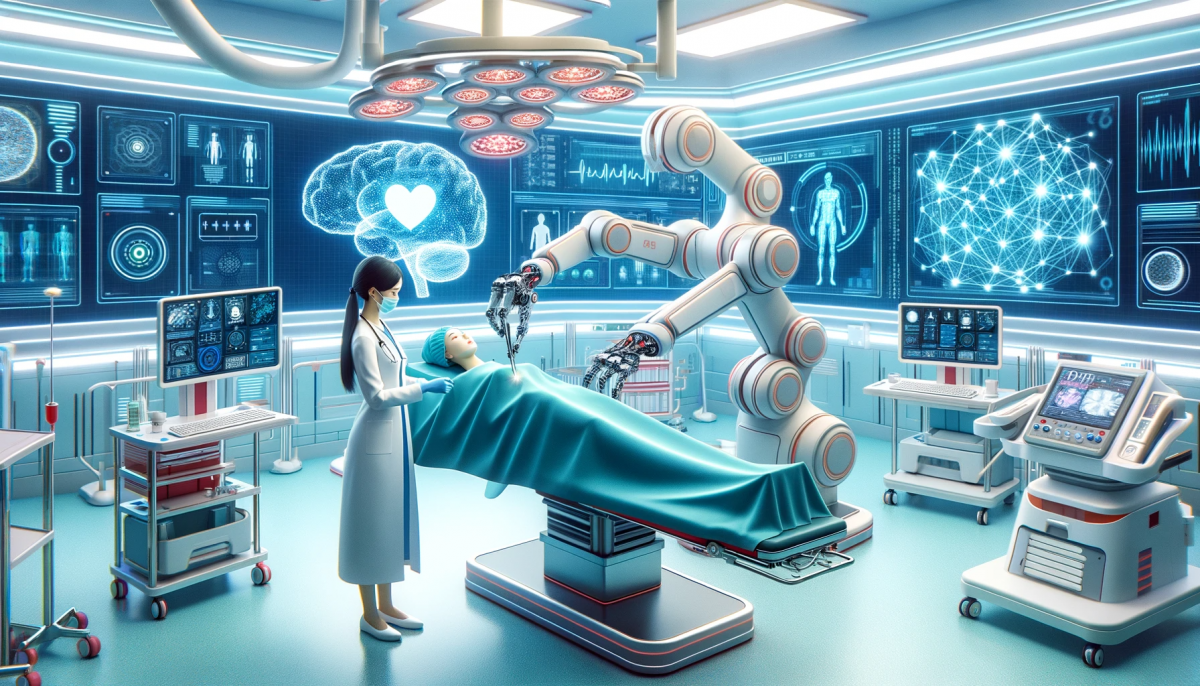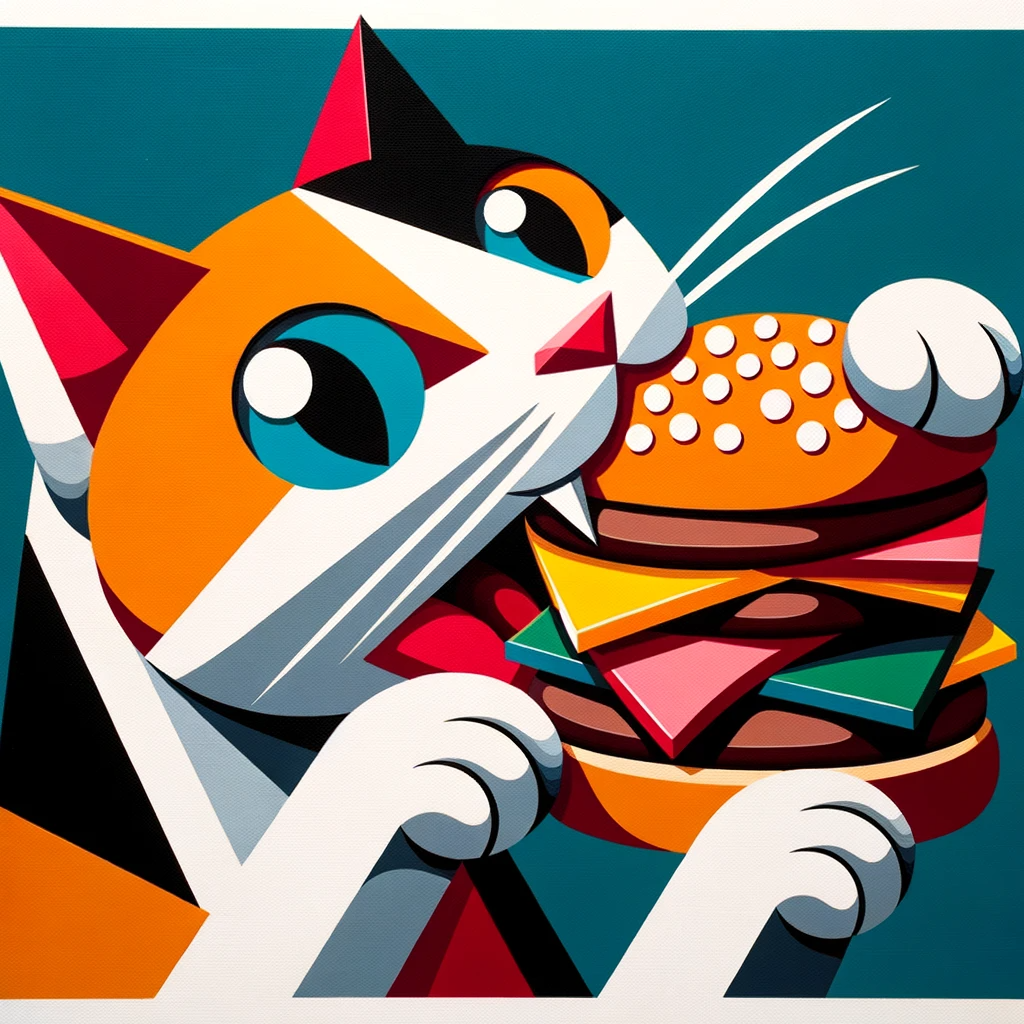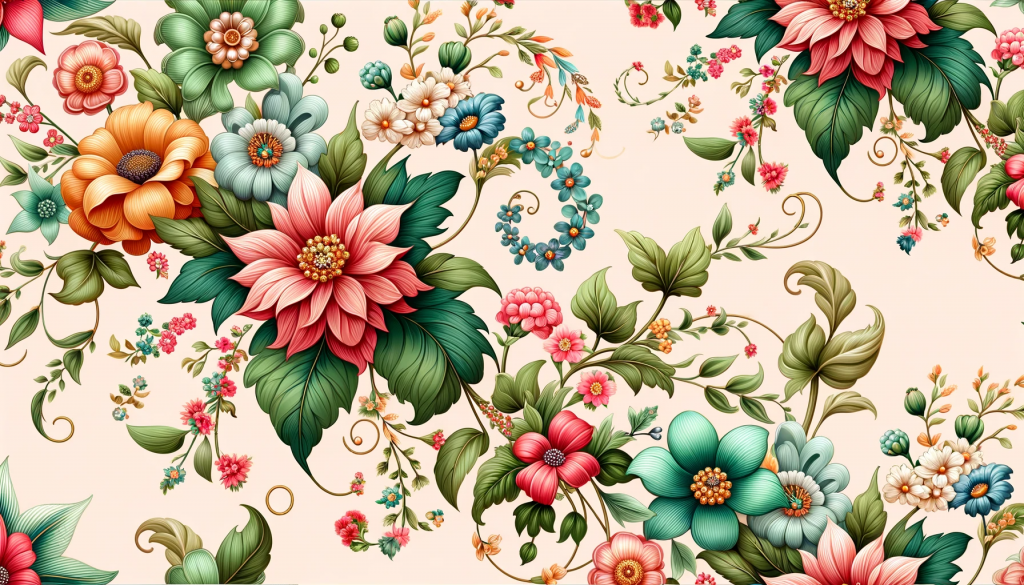
Generative AI has been around since the 1960s already but gained its mainstream breakthrough in 2022 (White, 2023). This is when OpenAI launched ChatGPT and the whole world could not stop talking about AI. At first, people started experimenting with silly stuff such as writing a blog or making a recipe with certain ingredients. It was all fun and games until people started to realize the real possibilities GenAI could have. This new GenAI thing… Could it eventually replace people? Does it make me obsolete? Will it eventually destroy people? This all crossed people’s minds. It may be pessimistic, but it is good to ask these kinds of questions when new technology becomes available. Of course, these questions were already asked in the past, but it now became part of the public debate.
In these situations, there are also people who see opportunities. So are people in the healthcare industry. The increasing costs of healthcare pose a big threat to the health of billions of people (Bodenheimer, 2005). This asks for a proper solution. This is where GenAI can play a big role. Although the possibilities are limitless, we will only discuss the (what I think) most important ones. Namely Electronic Health Records (EHRs), patient engagement and personalized patient care.
EHRs are crucial in managing patient information. But nowadays, this data is not used to its full power. Integrating GenAI in EHRs can automate the conversation summarization during appointments. This will save doctors a lot of time and will provide them with much better quality of data (Nova, 2023). In addition, GenAI can be used to engage with patients. There can be a chatbot at which patients can ask questions 24/7. This has already been experimented with in a couple of countries (Zhang, 2023). Furthermore, it could be used to personalize patient care. By accessing comprehensive patient data, including genetic information and medical history, generative AI can assist healthcare professionals in making informed treatment decisions, predicting intervention efficacy, and tailoring care plans to individual needs, leading to enhanced patient outcomes (Nova, 2023).
As I already mentioned, the possibilities are limitless. It is very interesting to learn about both proponents and opponents to this technological breakthrough. I would love to see more research into this topic and maybe some of you feel interested as well after this blog. What do you think about the use of GenAI in healthcare?
Bodenheimer, T. (2005). High and rising health care costs. Part 1: seeking an explanation. Annals of internal medicine, 142(10), 847-854.
Nova, K. (2023). Generative AI in healthcare: advancements in electronic health records, facilitating medical languages, and personalized patient care. Journal of Advanced Analytics in Healthcare Management, 7(1), 115-131.
White, M. (2023, July 8). A brief history of Generative AI – Matt White – medium. Medium. https://matthewdwhite.medium.com/a-brief-history-of-generative-ai-cb1837e67106
Zhang, P., & Kamel Boulos, M. N. (2023). Generative AI in Medicine and Healthcare: Promises, Opportunities and Challenges. Future Internet, 15(9), 286.





